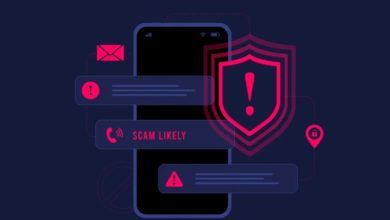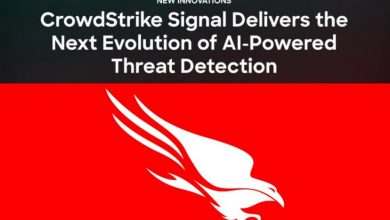How Long Before Your Production Line Gets Hit by a Cyber Attack?

Has your production line been cyber attacked?
Regardless, know that yours might be next, whether it is the first time, the second and so on.
It is just the nature of the beast, and no production line is safe—not even Toyota’s, whose 14 factories in Japan had to close for 24 hours after its supply chain got breached by way of Kojima Industries.
This incident is not an isolated one. It actually happens more frequently than you can ever imagine. TSMC, the largest semiconductor manufacturer in Taiwan, was attacked in 2018. Norsk Hydro, a well-known producer of lightweight materials got breached in 2019. Multinational corporation Maersk may have suffered the worst of it when it was hit by the Notpetya ransomware a few years back.
CLICK HERE TO FIND OUT ONE WAY TO PROTECT YOUR PRODUCTION LINE.
Suffice to say, cyber attacks on production lines are a big problem. They are a clear and present danger that is as much a by-product of the increasing Industry 4.0 adoption, which has turned out to be a double-edged sword. It has been a boon for businesses because it has enhanced productivity, lowered production costs and boosted efficiencies. At the same time, Industry 4.0, with its reliance on software and Internet of Things innovations, has also expanded the attack surface to an exponential degree, giving cybercriminals more vectors to exploit.

Worryingly, production lines in the Asia Pacific region might be most at risk of being attacked by cybercriminals, according to a report by IBM, which found that APAC was the most attacked region in 2022. In total, over a third of all cyber attacks remediated worldwide—31% to be exact—occurred in this part of the world, with the manufacturing sector emerging as the most attacked industry.
What this all means is that your production might be next in line and that an attack might happen anytime—even sooner than you might expect.
It goes without saying then that you need to be proactive when it comes to cybersecurity, particularly when it comes to securing your production line. This is even more critical given the challenges security teams today face, including limited visibility on an expanded attack surface, lack of comprehensive metrics, limited human and financial resources and difficulties in assessing and communicating risks to upper management. That is not to mention the vulnerabilities that you might not know of that attackers can see and exploit accordingly.
One way to secure your production line is by ensuring you have a full, continuously updated and detailed understanding of all your IT assets—something that can only happen with complete visibility of your infrastructure. This is critical and is, in fact, one of the holy grails for security teams in terms of cybersecurity. But to achieve this, it is imperative that you first understand what “visibility” truly entails as it is more than just identifying what is out there and knowing which challenges must be addressed.
Securing your active directory is also a must as companies generally rely on it to manage user authentication and control access to critical resources, including complex production systems and supply chains. It also plays a crucial role in enabling business continuity, safeguarding sensitive data, ensuring compliance and mitigating cyber threats.
Clearly, securing your production line is a lot of work. But it is something you need to do—or else your production line might be next.
Download this e-book to find out how you can best secure your active directory.





